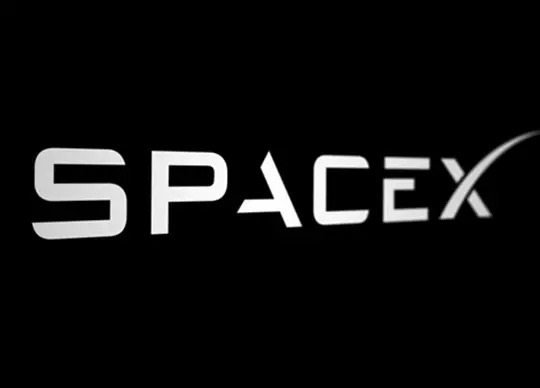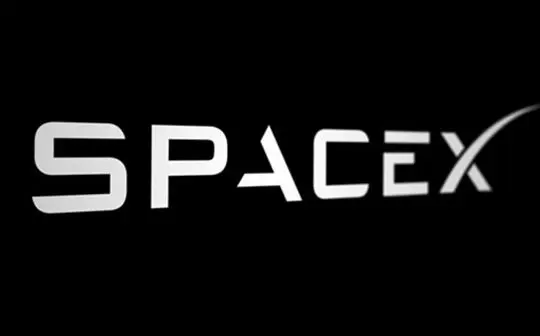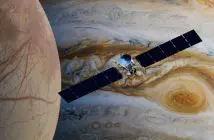
The University of Melbourne and the Italian Space Agency have announced the launch of SpIRIT, a landmark nanosatellite mission supported by the Australian Space Agency.
The Space Industry Responsive Intelligent Thermal nanosatellite (SpIRIT for short) lifted off from Vandenberg Space Force Base in California, USA, aboard a Falcon 9 rocket on 2 December 2023 at 05:19am (AEDT) and has entered a polar orbit 513km above Earth.
Demonstrating Australia’s growing reputation in the global space sector, SpIRIT is the first Australian satellite to carry a foreign space agency’s scientific instrument as its main payload, namely the Italian Space Agency’s HERMES X-ray detector. The HERMES X-ray detector is designed to search for bursts of gamma rays, which are created when stars die or collide and for a moment emit more energy than an entire galaxy.
SpIRIT is the first of a network of seven nanosatellites called the HERMES Scientific Pathfinder Constellation that are looking for these cosmic fireworks.
SpIRIT was developed by a consortium led by the University of Melbourne and the Italian Space Agency, comprising of Inovor Technologies, Neumann Space, Sitael Australia, and Nova Systems in Australia, as well as the Italian National Institute of Astrophysics, Fondazione Bruno Kessler, the University of Tuebingen, and their partners for the HERMES payload development. The Australian Space Agency supported the project with almost $7 million in grants.
After initial checks and communication with the Nova Systems ground station in Peterborough, South Australia, in the coming weeks the shoebox-sized 11.5kg nanosatellite, which uses the popular CubeSat design, will deploy solar panels and thermal radiators nearly one metre long.
The solar panels will power scientific instruments, cameras (including a selfie stick), guidance systems, communication antennae, onboard computers with artificial intelligence capabilities, and an electric propulsion system.
SpIRIT will also test a University of Melbourne thermal control system that lets nanosatellites host sensitive instruments requiring precise temperature control that otherwise could only fly on satellites ten times heavier. SpIRIT also carries the Neumann Drive thruster, a novel electric propulsion system based on solid metal propellants. SpIRIT is also one of the first spacecraft built and integrated on the Inovor Apogee platform.
SpIRIT is designed to fly in low Earth orbit for two years in a Sun-synchronous polar orbit, where the satellite travels from north to south over the poles and is tuned so it always faces the sun at a similar angle. After the launch, the team will spend about four months testing and commissioning the nanosatellite in the extreme conditions of space before scientific operations can begin.
The nanosatellite will then transition to a full operational phase to investigate the mysteries of the cosmos through international scientific cooperation, and to measure the long-term performance of Australian-made space technology.
When its mission is complete, SpIRIT will be placed in a safe mode and burn up on re-entry into the atmosphere.
University of Melbourne Professor Michele Trenti, SpIRIT Mission Principal Investigator: “This launch is an incredible milestone for the Australian space industry. SpIRIT is one of the most sophisticated nanosatellites in the world, with the potential to contribute exciting information about the universe and complement areas of investigation traditionally carried out by much larger satellites.”
Italian Space Agency President Dr Teodoro Valente: “The launch of the SpIRIT spacecraft is a momentous celebration in Italy, as it symbolises successful cooperation between the Italian Space Agency and our partners in Australia. This will be further enriched by new upcoming initiatives in the fields of Earth Observation and NEA detection and monitoring. We are grateful for this opportunity, which has allowed the first of our HERMES detectors to be deployed in orbit. It will collect useful scientific data and we expect to learn a lot during its operations. GO SpIRIT! The ASI HERMES CubeSat constellation will come soon.”
Australian Space Agency Head Enrico Palermo: “SpIRIT exemplifies the Australian space sector’s growing capability in intelligent spacecraft design and manufacture, and its readiness to collaborate with international partners. The SpIRIT mission, in partnership with the Italian Space Agency (ASI), demonstrates Australia’s ability to support scientific space missions that improve the understanding of our universe while advancing critical technology expertise in areas such as advanced manufacturing and artificial intelligence.”
“The Australian Space Agency is proud to support SpIRIT through its International Space Investment and Moon to Mars initiatives, and we look forward to the next step of SpIRIT’s journey in space. Congratulations to the key Australian project partners Inovor Technologies, Neumann Space, Nova Systems and SITAEL Australia.”
Dr Fabrizio Fiore, Scientific Co-ordinator of the HERMES Scientific Pathfinder Constellation, Italian National Institute of Astrophysics (INAF): “The highly innovative and compact scientific instrument for X and gamma ray observations on board SpIRIT is identical to those developed for the HERMES Pathfinder constellation by a large team led by INAF with funding from the Italian Space Agency (ASI). SpIRIT is the first satellite to host the instrument, with other elements of the constellation in advanced stages of integration and testing. Bringing such instrument from design to flight in just over four years is thrilling, and we look forward to observing the first photons in orbit thanks to cooperation with Australia.”
Matthew Tetlow, CEO Inovor Technologies, which contributed its Apogee modular platform: “SpIRIT’s successful launch marks a significant milestone for Inovor Technologies. Our satellite Apogee platform stands as a testament to world-class technology and unwavering reliability solidifying our commitment to pushing the boundaries of space innovation. We are confident that our technology will continue to redefine industry standards.”
Herve Astier, CEO Neumann Space, which contributed the electric propulsion system: “This mission marks the second flight-heritage for the Neumann Drive and the first integrated into Inovor’s Apogee platform. This demonstrates the value of collaboration between local and international partners, with benefits for our education, research and industry communities. Qualifying the Neumann Drive with SpIRIT opens the way to commercialisation of our propulsion system with Inovor Technologies and other partners.”
Phil Krix, Nova Systems Space Portfolio Manager: “Nova Systems is thrilled to be part of this collaboration and landmark Australian project. We are proud to be facilitating the command and monitoring of SpIRIT satellite through our Autonomous Intelligent Ground Station located at Nova Systems Space Precinct.”





